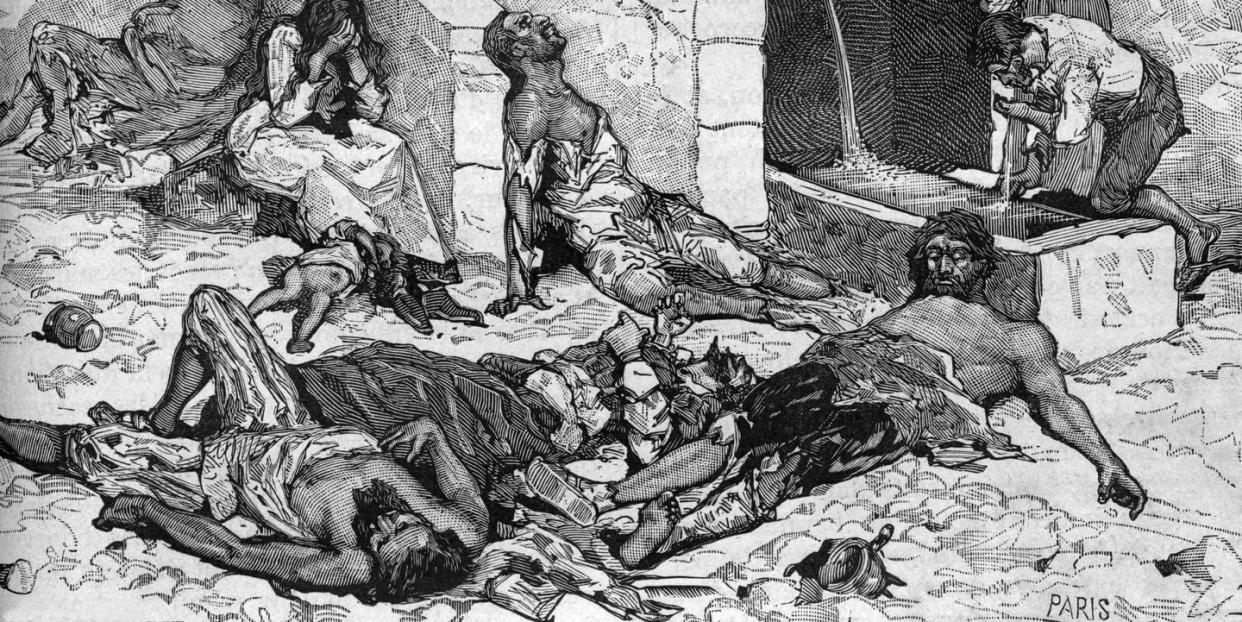Science Has Chosen the Absolute Worst Year in History To Have Been Alive

A foreboding cloud of black ash blocks out the sun from Europe to Asia. An outbreak of bubonic plague coincides with a piercing cold snap. Crops fail. Starvation, darkness, and squalor abound.
All of these conditions were pervasive throughout the northern hemisphere in the year 536 A.D. The year was a tipping point in an era of unprecedented devastation. It was so bad that researchers are now labeling that year the worst time to be alive in the history of humankind. Or as Harvard History professor Michael McCormick told Science: "It was the beginning of one of the worst periods to be alive, if not the worst year."
Although the origins of the black, ashen cloud were previously a mystery, a new paper published in the journal Antiquities indicates that a massive volcanic eruption in Iceland triggered the 18 months of darkness. Two more eruptions in the years 540 and 547 would compound the cloud.
The ash blocked out the sun, ushering forth frigid temperatures that blighted crops, resulting in starvation. Adding to the gloom, an outbreak of bubonic plague spread throughout the Eastern Roman Empire in 542 A.D., killing droves and giving way to an economic downturn that lasted 30 years.
The study-co-authored by McCormick, Nottingham University history professor Christopher Loveluck, and glaciologist Paul Mayewski at the Climate Change Institute of The University of Maine in Orono-measured ice samples in the Swiss Alps for evidence of pollutants and atmospheric change that could potentially shed light on the dark cloud's origins. While conducting the study, researchers discovered lead pollutants in the ice, created by the surge of volcanic activity.
Ironically, historians believe these pollutants sparked the European economy's revival, pulling it out of the deep, depressing chasm around 100 years later. Lead was crucial in the production of silver, which eventually spurred an economic resurgence as the sky cleared and the pestilence waned. As Loveluck told CNN: "There is evidence of total economic transformation between 640 and 660."
So count your blessings. We've got nothing approaching that cataclysmic level of abject despair. At least, not yet.
('You Might Also Like',)

